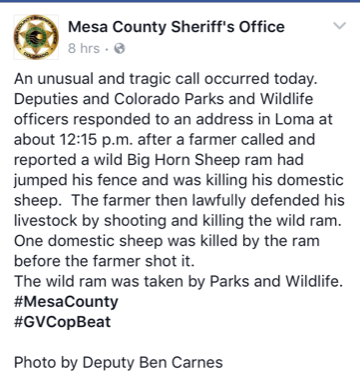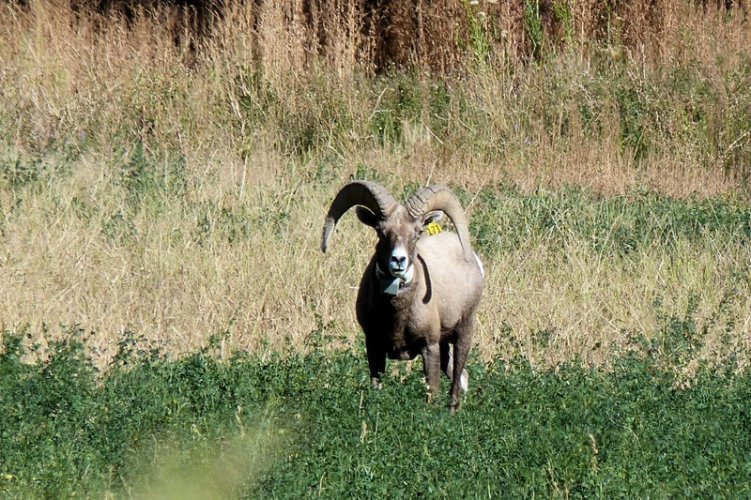Hem
Well-known member
That's rotten news.This is depressing. mtmuley
Bitterroot's bighorn sheep see 'significant' mortality over winter
Researchers in the Bitterroot Valley have seen significant mortality in bighorn sheep over the winter, with all collared rams in the Skalkaho herd reported to have died.ravallirepublic.com








